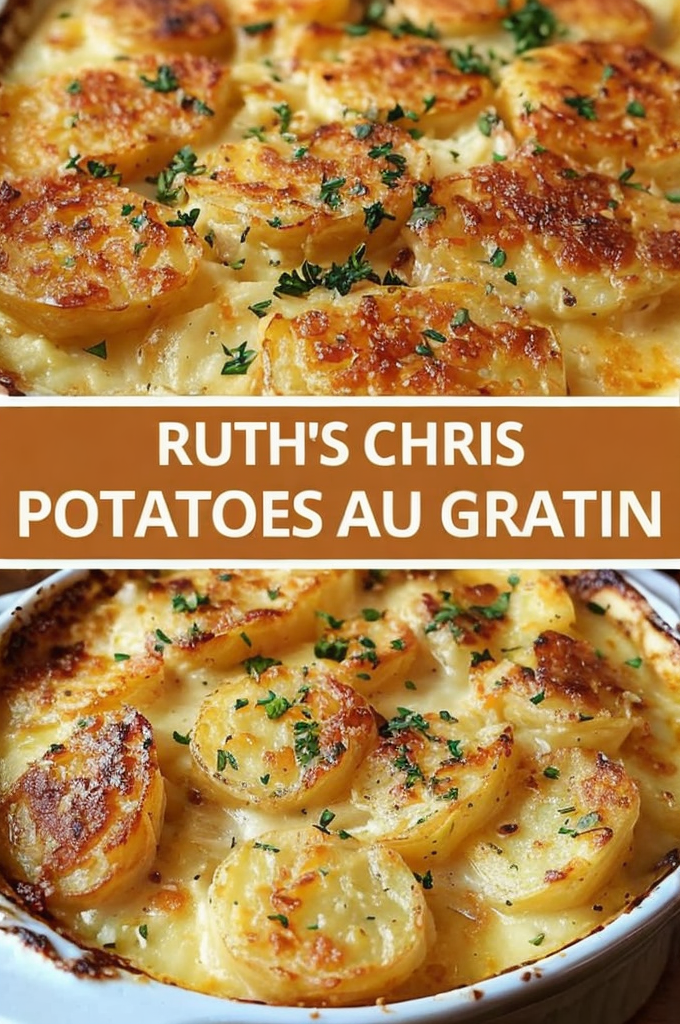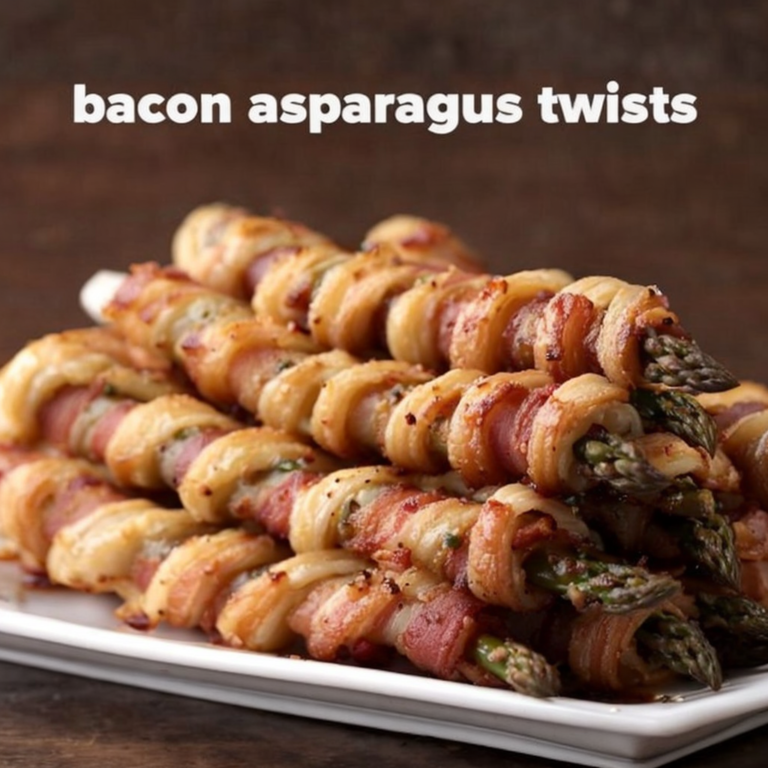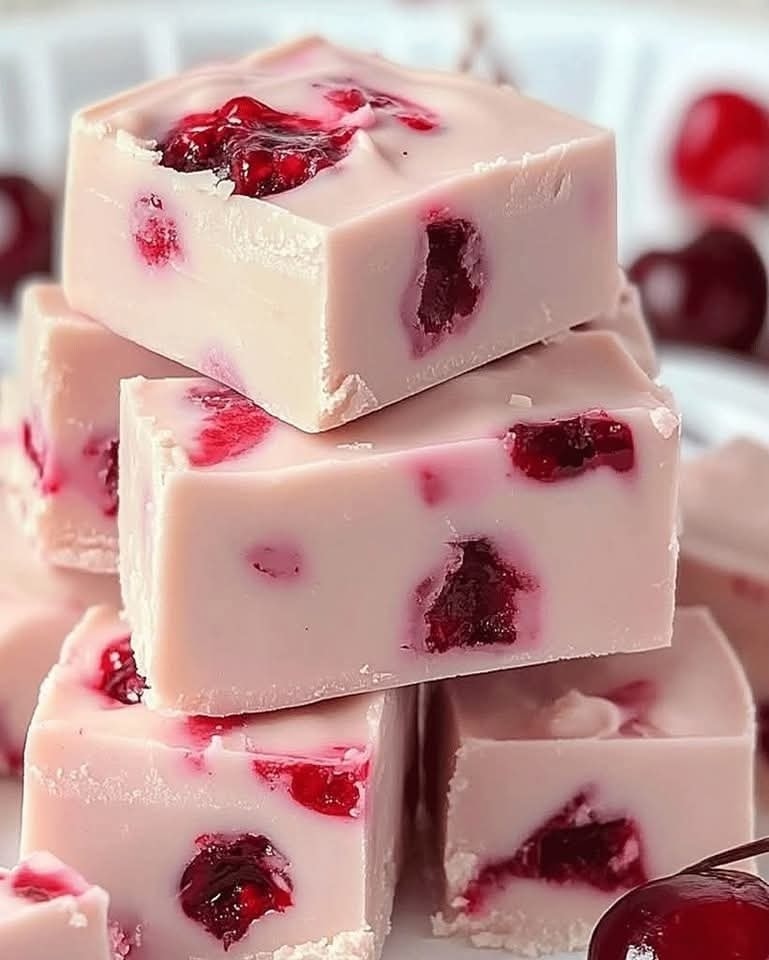Irresistible Creamy Potato Gratin Recipe for Perfect Comfort Food
Irresistible Creamy Potato Gratin Recipe: The Perfect Comfort Food
There’s something intrinsically comforting about a delicious potato gratin. In this irresistible creamy potato gratin recipe, tender slices of potato bask in a luscious, creamy sauce, developing a golden crust that adds the perfect texture contrast. This dish is ideal for family gatherings or as a cozy dinner on a chilly night, offering flavors that are both elegant and heartwarming.
The creamy potato gratin, a classic French-inspired dish, not only appeals to the eyes with its crispy top but also offers an unforgettable melt-in-the-mouth experience. Perfectly balancing flavors, this dish provides the right amount of richness without overbearing, making it a beloved home-cooked meal.
Quick Recipe Highlights
- Flavor Profile: The gratin boasts a savory richness with layers of mildness from potatoes and vibrant notes from garlic and cream.
- Texture: Expect crispy edges and a silky smooth center, a delightful combination that tantalizes the palate.
- Aroma: Aromatic hints of freshly ground pepper and nutmeg fill the air, drawing you to the table before the first bite.
- Visual Appeal: A golden-brown crust atop a creamy base makes this dish visually irresistible, perfect for a centerpiece.
- Skill Level Needed: Basic slicing skills and an understanding of sauce reduction are all you need to perfect this dish.
- Special Equipment: While a mandoline slicer ensures evenly sliced potatoes, a reliably deep baking dish is also essential.
Recipe Overview
- Difficulty Level: Moderate skills required. The trick lies in gently simmering the cream sauce without allowing it to curdle.
- Category: Fall into the ‘side dish’ segment, yet it’s hearty enough to star as a main course.
- Cuisine: Rooted in French culinary tradition, this dish’s elegance and taste align with the classic French comfort food lineup.
- Cost: Relatively budget-friendly, relying on basic pantry staples and versatile potatoes as the star ingredient.
- Season: Best enjoyed in autumn and winter when warm, hearty meals are most comforting.
- Occasion: Perfect for festive occasions or enhancing a Sunday roast, thanks to its opulent flavor and texture.
Why You’ll Love This Recipe
This creamy potato gratin recipe is a testament to the power of simple ingredients coming together to create something exceptional. From the very first bite, you’ll appreciate the harmonious balance of flavors, with the creamy sauce providing a satisfying complement to the tender layers of potatoes. The hint of nutmeg in the sauce is a subtle touch that elevates the dish to culinary excellence. Each forkful promises a taste experience that dances between creamy and savory, providing a rich and fulfilling meal that comforts both the stomach and soul.
Preparation of this gratin is as rewarding as the final dish itself. With minimal prep work involved, it’s an easy recipe to whip up while still feeling like you’ve mastered a sophisticated dish. Using a mandoline slicer for perfect potato slices can save time and ensure even cooking, while treating the cream sauce with gentle care maximizes its rich flavor.
Nutritionally, potato gratin is a wholesome dish providing complex carbohydrates from the potatoes, along with calcium and essential fats from the cream and cheese. While it is undoubtedly indulgent, this gratin can easily fit into a balanced diet when enjoyed in moderation. Using fresh, quality ingredients boosts the nutritional content and enhances the flavor profile.
For social gatherings, this gratin holds its own as both an enticing main or a complimentary side. It’s guaranteed to be a conversation starter at any table, thanks to its indulgent taste and inviting appearance. The recipe is also highly adaptable, allowing you to customize it based on dietary needs or taste preferences, ensuring it caters to every guest.
Cost-wise, creamy potato gratin is an economically savvy choice. It relies on affordable ingredients that are commonly available, making it a feasible option for large groups or potlucks. You can adjust the recipe to suit seasonal produce, ensuring the dish remains budget-friendly year-round without compromising on taste or quality.
Historical Background and Cultural Significance
The origins of potato gratin can be traced back to the Dauphiné region in France, where it was originally a peasant dish. Known as gratin dauphinois, it was a way for rural families to create hearty, filling meals using potatoes from their harvests, combined with less expensive ingredients like milk and cheese.
Over centuries, the potato gratin evolved beyond its humble beginnings to become a symbol of refined yet comforting French cuisine. Its transformation included more luxurious ingredients such as cream and a greater focus on the development of a crunchy topping, elevating it into the realm of haute cuisine.
Potato gratin is culturally significant as it bridges the gap between regional French cooking and global dining tables. Its flexibility and comforting nature have allowed it to adapt into variations suitable for various cultures while maintaining its roots in traditional French flavors.
Regional variations are abundant, with each area incorporating local cheeses or spices. Some include added layers such as leeks or onions, while others may substitute potatoes with sweet potatoes or root vegetables like parsnips, showcasing the dish’s incredible versatility.
Ingredient Deep Dive
Potatoes are the core of any gratin, providing texture, flavor, and bulk. Originating in the Andes mountains, potatoes were brought to Europe in the 16th century, where they became a staple. Their nutritional benefits include high fiber content, potassium, and vitamin C—beneficial for maintaining cardiovascular and immune health. For a gratin, selecting starchy potatoes like Russets ensures a creamy texture, while waxy varieties can add a bit more bite. Store potatoes in a cool, dark place to keep them fresh, and scrub clean rather than peel to retain their nutrients. If starchy potatoes are unavailable, Yukon Golds make a good substitute, offering a balance of creaminess and texture.
Cream is essential for the indulgent sauce in a potato gratin, offering richness and a luxurious texture. Historically, cream has been associated with decadent recipes worldwide, providing silkiness and depth to dishes. From a nutritional standpoint, cream is high in fat and calcium, contributing to its satisfying mouthfeel. Purchasing fresh cream ensures maximum flavor; it should be stored in the refrigerator and used promptly for best results. In the event of unavailability, half-and-half or a combination of milk and butter can work as a substitute, although the final dish may be less rich.
Common Mistakes to Avoid
- Using the wrong potato type; choose starchy over waxy for a creamier texture.
- Not slicing potatoes thinly enough can lead to uneven cooking.
- Forgetting to season each layer can result in a bland gratin.
- Adding too much cheese may overpower the creamy sauce.
- Curdling the cream by cooking over high heat; gentle simmering is key.
- Skipping pre-cooking of the potatoes can cause them to be undercooked.
- Leaving the foil off when baking may cause the top to brown too quickly.
- Neglecting rest time post-cooking leads to a less set structure.
Essential Techniques
One crucial technique for a successful gratin is the preparation of potatoes. Uniformly slicing potatoes ensures even cooking and a smooth texture. Using a mandoline slicer helps achieve consistency better than a knife. Also, pre-cooking the potatoes in the cream sauce can prevent curdling by stabilizing the sauce with potato starch.
Creating a perfect béchamel sauce is another technique to master. Be sure to cook the roux just until it turns a pale golden color, whisking continuously to prevent lumps. Slow incorporation of cream into the roux is key to ensuring a silky smooth sauce without curdling. This technique applies broadly to other creamy dishes as well.
Achieving a golden crust demands both timing and technique. The gratin should bake uncovered only in the last stages to prevent over-browning. Alternatively, broil the dish briefly, watching closely to ensure it doesn’t burn. A perfectly crisp top layer contrasts with the creamy interior, elevating the dining experience.
Pro Tips for Perfect Creamy Potato Gratin
For a truly creamy potato gratin, always select high-starch potatoes like Russets or Yukon Golds. This helps the sauce thicken naturally, enhancing the dish’s creaminess without extra flour.
Seasoning is vital at every stage. Don’t just season the top; ensure each potato layer is adequately seasoned as you build the dish for depth and flavor. This approach ensures every bite is packed with taste.
Pre-cook your potatoes in milk or cream before adding them to the baking dish. This step reduces cooking time and enhances the overall texture, allowing the gratin to set perfectly without overcooking.
Incorporating fresh herbs like thyme or rosemary adds another layer of flavor. Add them to the simmering cream to infuse the sauce gently without overpowering the dish.
If you desire a bit of crunch without extra cheese, sprinkle breadcrumbs mixed with a touch of parmesan on top before baking. This will create a beautiful crispy crust that complements the creamy layers beneath.
To enhance both presentation and flavor, consider adding thinly sliced garlic between the potato layers. Garlic provides aromatic allure to the gratin without overwhelming its delicate taste.
A touch of freshly grated nutmeg stirred into the cream sauce adds a subtle warmth to the gratin. This classic French touch is crucial to achieving an authentic flavor profile.
If serving with a meal, plan for a resting time of at least 10 minutes after baking. This allows the gratin to firm up slightly, making it easier to serve neatly without losing any creaminess.
Variations and Adaptations
Regional variations abound in potato gratin, each adapting to local tastes and available ingredients. In Provence, anchovies might be layered with potatoes for a distinct maritime twist, while the Alsatian version could feature tangy Munster cheese.
Seasonal adaptations include using sweet potatoes or butternut squash in place of traditional potatoes during autumn for a sweeter, deeper taste that’s perfect for fall feasts.
For those on specific diets, adapting the gratin to be gluten-free is simple by ensuring no flour thickeners are used in the sauce, relying instead on the starches released by the potatoes themselves.
Flavor variations can come from incorporating ingredients such as Gruyère or Comté for a deeper, more nutty profile. Onions or shallots can be sautéed and added for a subtle sweetness that complements the potatoes’ creamy base.
Modify the texture by alternating potato slices with cauliflower florets, providing a lighter meal. This not only reduces carbohydrates but also lends a unique texture contrast to the dish.
For an impressive presentation, layer the potatoes upright in concentric circles within a springform pan. After baking, this results in a stunning vertical arrangement once sliced and served.
Serving and Presentation Guide
Plating techniques can transform your gratin into an art form. Using a sharp, thin knife, cut neat squares or wedges, wiping the blade between cuts for precision.
Garnishing with a light sprinkle of chopped parsley or chives adds a pop of color and subtle bite, balancing the gratin’s creamy richness.
Traditional accompaniments might include roasted meats or a fresh, tangy salad. Their drier, leaner texture complements the indulgent nature of this potato dish.
For a modern presentation, serve gratin portions in individual ramekins or cast iron skillets, ensuring everyone gets their own personalized dose of creaminess.
The gratin is best served warm but not piping hot. Allow it to cool slightly to set, ensuring easy serving and the best flavor concentration.
Plating often calls for portion control; aim for about 1/8th of the dish per person when served as a side to ensure the dish remains balanced in a meal.
Wine and Beverage Pairing
For wine pairings, consider a Chardonnay or a white Burgundy that complements the gratin’s rich creaminess, offering a harmonious balance.
For non-alcoholic options, a sparkling apple cider or a lightly sweetened iced tea pairs beautifully, adding refreshing contrast to the indulgence.
Coffee pairings might seem unconventional, but a mild, nutty brew can work post-meal, bridging savory to sweet if dessert follows.
Temperature considerations for beverages should align with the gratin’s warmth, choosing drinks that either refresh or complement in warmth.
Serving wines slightly cooler than room temperature preserves their freshness, highlighting their crisp acidity and balancing the gratin’s richness.
Storage and Shelf Life
To store your potato gratin, allow it to cool completely before placing it in an airtight container. This prevents condensation and subsequent sogginess.
Keep it refrigerated, ideally below 40°F, where it will safely last for up to 3 days. If choosing to freeze, do so before baking to maintain texture.
Using oven-safe glass or ceramic dishes facilitates both reheating and serving, ensuring the gratin remains appealing throughout.
Be vigilant for signs of spoilage like off-odors or mildew. Discard if any discoloration or slime forms, as these are clear signs it’s no longer safe to eat.
To reheat, use a covered oven method at 350°F until warmed through, typically 20-30 minutes. This retains creaminess without drying out.
Freezing guidelines suggest avoiding cheese toppings until after thawing and reheating to prevent a rubbery texture.
Make Ahead Strategies
For make-ahead convenience, assemble the gratin up to the baking step, storing it in the refrigerator one day in advance, tightly wrapped to maintain moisture.
As with any layered dish, storage between steps is key. Ensure each layer cools slightly to prevent steaming, which can alter texture.
Evaluate the quality impact after baking by monitoring the sauce consistency; this helps you adapt techniques for future batches.
If pre-assembling, store it adjacent to the baking dish—lining baking paper inside helps facilitate smooth transition between fridge and oven.
For reheating, consider starting at a lower temperature to allow even warming, then increasing to achieve a final crisp on top.
Prior to serving, add any fresh elements like herbs after reheating for a burst of fresh flavor and aroma without losing vibrancy.
Scaling Instructions
To halve the recipe, adjust the baking dish size accordingly to maintain thickness and cooking time. A smaller dish ensures similar texture and doneness.
Doubling or tripling means attention to equipment allocation, using larger pans or multiple dishes to maintain quality.
Timing modifications for larger quantities include extending the baking time by 10-15 minutes, monitoring closely for bubbling sides and a firm top.
Storage considerations include initial cool time before moving to storage, as large quantities will retain heat longer, affecting refrigerator temperatures.
Nutritional Deep Dive
The macro breakdown of potato gratin highlights its carbohydrate-rich nature, primarily from the potatoes, alongside fats from cheese and cream.
Micronutrient analysis reveals it as a good source of calcium and potassium, essential for bone health and blood pressure regulation, respectively.
While high in fats, modifying cream usage can balance dietary goals with flavor, particularly if targeting reduced saturated fat intake.
Portion control is vital. When eaten as a side, keep portions to a quarter of its focused meal size to integrate smoothly into dietary plans.
Weight management tips include balancing gratin with a high-vegetable or lean-protein meal, mitigating its carbohydrate load with fibrous accompaniments.
Dietary Adaptations
For a gluten-free version, ensure thickeners are certified gluten-free, though using potatoes’ natural starches generally suffices.
The dish can go dairy-free by exploring plant-based creams like coconut or almond, reducing saturated fat for those with dietary restrictions.
A vegan variation may involve plant-based cheeses and creams, possibly incorporating nutritional yeast for a cheesy flavor without animal products.
Low-carb editions swap traditional potatoes for cauliflower or a medley of root vegetables, significantly lowering glycemic index.
Keto adaptations enhance high-fat content by pairing with additional butter or coconut cream, maintaining macro balance for keto dieters.
For the Paleo approach, removing cheeses and refining the sauce with almond milk provides a closer dietary alignment.
The potato gratin fits within a low-FODMAP framework with controlled portion sizes, using low-FODMAP garlic-infused oil for flavor.
Creamy Potato Gratin
Serves: 8
Prep Time: 20 mins
Cook Time: 75 mins
Total Time: 95 mins
Kitchen Equipment Needed
- Mandoline slicer
- Baking dish
- Medium saucepan
- Whisk
- Spoon
- Aluminum foil
Ingredients
- 6 large Russet potatoes, thinly sliced
- 2 cups heavy cream
- 1 cup whole milk
- 3 cloves garlic, minced
- 1/2 tsp freshly grated nutmeg
- 1 tsp salt
- 1/2 tsp black pepper
- 1 cup shredded Gruyère cheese
- 1 tbsp unsalted butter
Directions
- Preheat your oven to 350°F. Grease a baking dish with unsalted butter and set aside.
- In a medium saucepan, combine heavy cream, whole milk, minced garlic, and grated nutmeg. Season with salt and black pepper.
- Bring the mixture to a gentle simmer over medium-low heat, stirring occasionally. Remove from heat once warmed through.
- Arrange half of the sliced potatoes in the prepared baking dish, slightly overlapping. Spoon over half of the cream mixture.
- Layer the remaining potato slices on top. Pour the remaining cream mixture over, ensuring full coverage.
- Sprinkle shredded Gruyère evenly over the top.
- Cover with foil and bake for 45 minutes. Uncover and continue baking for an additional 30 minutes, or until the top is golden brown and bubbling.
- Allow to cool for at least 10 minutes before serving. Admire the bubbly, golden-brown crust before slicing into portions.
Recipe Notes
- For a touch of added flavor, try sprinkling fresh thyme leaves between potato layers.
- If Gruyère cheese is unavailable, a mix of cheddar and parmesan works well.
- For added crunch, try topping with breadcrumbs mixed with olive oil or melted butter before the final bake.
Troubleshooting Guide
If you encounter texture issues, particularly graininess in the sauce, ensure that the cream hasn’t curdled by maintaining low heat while simmering. For issues with flavor balance, add salt in incremental amounts; under-seasoning is common with creamy dishes due to their richness. Temperature problems, such as uneven baking, may indicate an oven hot spot; rotate the gratin halfway through cooking to ensure uniformity. Equipment challenges can arise with slicing; ensure your mandoline is set correctly to achieve uniform slices. For ingredient substitutions, swap cheese types mindful of their melting properties to avoid a rubbery texture. Timing concerns, often related to batch size, can impact doneness; adjust baking time carefully, increasing in small increments while monitoring closely.
Recipe Success Stories
Enthusiastic home cooks who ventured into creating this potato gratin report its resounding success at family dinners and potlucks alike. Many share variations they’ve perfected, such as layering zucchini for a lighter twist or incorporating bacon for a smoky depth. Adaptation stories abound, such as crafting a lactose-free edition with surprising ease, to the delight of dairy-sensitive diners. Reader suggestions constantly highlight regional cheeses elevating the gratin, reinforcing the recipe’s flexible yet foundational appeal. Photography-minded chefs document their results, sharing their plating tips for achieving the most photogenic presentations, ensuring their dish is as visually stunning as it is tantalizing.
Frequently Asked Questions
Can I prepare the gratin in advance? Yes, assemble and refrigerate unbaked up to one day ahead; bake when needed for optimal freshness.
How do I achieve a crispy top? Broiling for 2-3 minutes post-bake under close supervision can enhance browning without overcooking.
Is it possible to freeze potato gratin? It’s best frozen unbaked; bake directly from frozen, adding 15-20 minutes to cooking time.
What cheese alternatives work well? A blend of mature cheddar and parmesan provides a delightful taste if Gruyère is unavailable.
Can I make it vegan? Use plant-based cream alternatives and cheese substitutes to satisfy vegan requirements.
Do I need to peel the potatoes? Peeling isn’t necessary if your preference allows, as skins can add both texture and nutrients.
How can I avoid a watery gratin? Pre-cook your potatoes in cream, as this helps release starches, thickening the sauce naturally.
Is it gluten-free? Naturally, yes– ensure any thickeners are gluten-free if adjusting the recipe.
Can I add proteins for a complete meal? Integrate cooked bacon, ham, or crumbled sausages between the layers for a heartier dish.
How do I store leftovers? Cool completely and store in an airtight container in the fridge for up to three days.
What side dishes pair best with gratin? Fresh green salads or grilled meats provide balance to its rich flavor profile.
Additional Resources
Many related recipes, such as scalloped potatoes and sweet potato casseroles, provide further exploration into versatile potato dishes. Technique guides focusing on béchamel sauce-making offer insights into creating a flawless base for creamy recipes. Ingredient information pages help broaden understanding of differences between potato types and milkfat content in creams. Equipment recommendations ensure the best results, highlighting must-have kitchen tools like mandoline slicers and quality baking dishes. Exploring seasonal variations creates opportunities for delighting the palate with evolving taste experiences.
Join the Conversation
Connect with us on social media to share your potato gratin experiences and exchanges. Together, we’ll explore photography tips for capturing the essence of your culinary creations, ensuring they look as amazing as they taste. Don’t hesitate to leave your recipe reviews, helping others with adaptation advice and encouraging culinary creativity. Participate in our community engagement activities, from polls on preferred modifications to sharing favorite serving suggestions. Embrace recipe variations; we encourage your unique spins on this classic dish, eagerly awaiting your contributions to our shared love for cooking.






